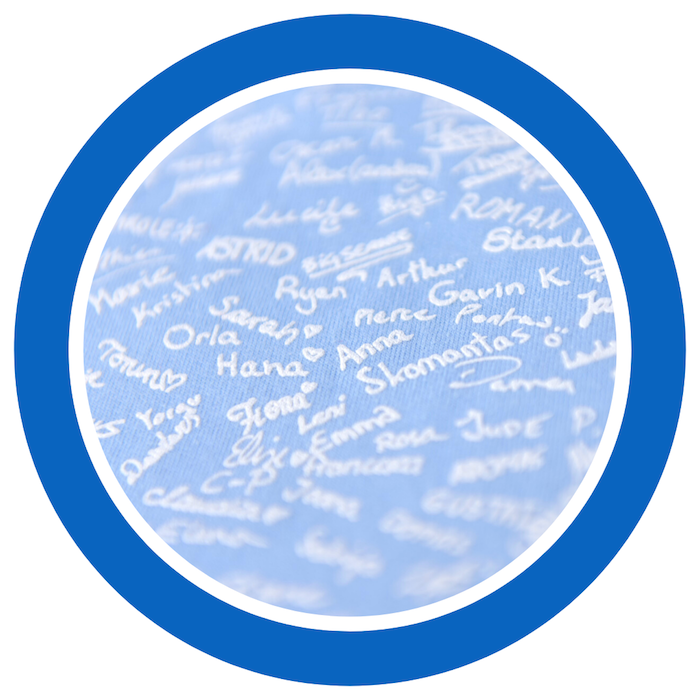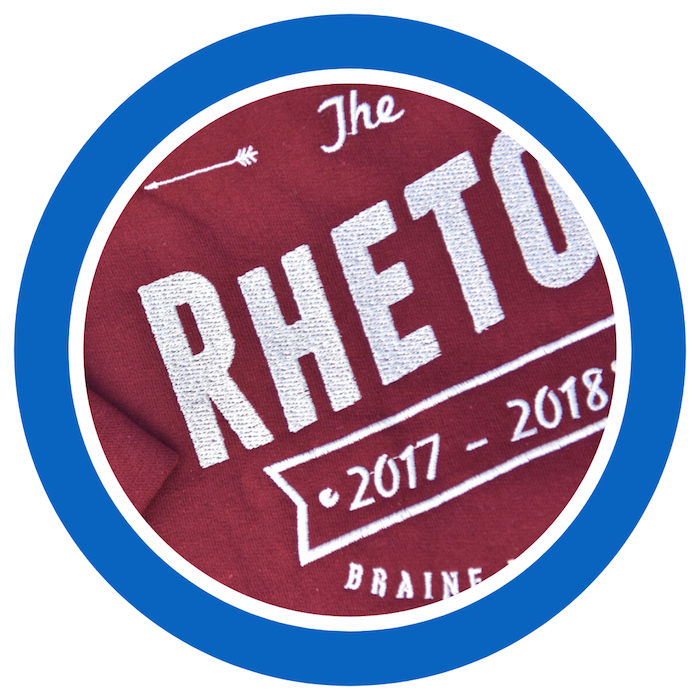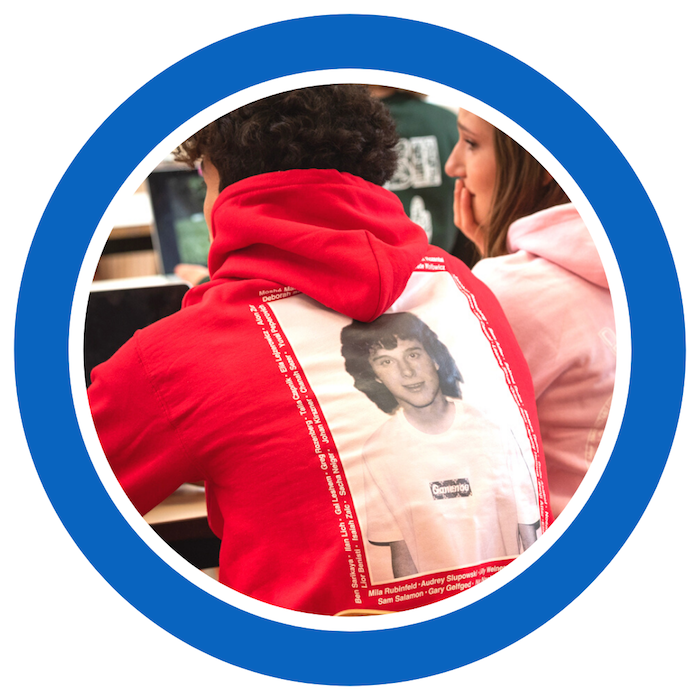Screen printing is the most widespread and cheapest printing technique for large orders. It is a direct printing process based on the stencil principle: the ink is directly printed on the textile through a stencil that represents the visual. Printing is done color by color and the ink is dried at high temperature. With this technique, the ink and colors remain embedded in the textile fibres to guarantee optimum wash fastness.
Thank you for reading this post, don't forget to subscribe!
Ideal and cost saving for large orders
Good resistance to wear and washing
Suitable for printing logos, texts and basic visuals
Suitable for different types of textiles such as custom t-shirts and student hoodies
Cannot reproduce high-resolution photos or color gradients
TYPES OF TEXTILE PRINT
Screen printing
Embroidery
Embroidery consists of copying a visual directly into the textile fibres using sewing thread, thus giving the visual a very qualitative relief aspect. Embroidery is the ideal printing technique for those who want a more durable and resistant custom clothing with excellent color rendering and an elegant effect.
Very high quality, very good resistance to wear and washing
Chic and stylish render
Suitable for different types of textiles such as custom t-shirts and student hoodies
More expensive than other textile printing techniques
Not recommended on fine fabrics and for very large visuals
Transfer
Transfer is an indirect printing technique. The visual is first printed on transfer paper before being fixed on the clothes using a high-temperature press. The visual is therefore of good quality but less resistant than with screen printing, because it is fixed to the fibres of the textile and not embedded in the textile.
Ideal and cost saving for small orders
Can copy more complex images than with screen printing
Suitable for printing logos, texts, photos or drawings with several different colors
Ideal for a unique occasion or a student event
Good quality but less resistant to wear and washing than screen printing
Flex or flock
Flocking and flexography use the same printing technique as transfer. The visuals are first printed on iron-on vinyls which are then stuck to the textile using transfer presses. Flex has a smoother appearance, while flock has a more fibrous and slightly embossed appearance reminiscent of velvet.
Ideal for small and medium orders
Good durability
Suitable for simple one-color or two-color numbers, texts and logos
Suitable for individual customization such as names, nicknames and numbers
Ideal for the customization of sports club clothing
Less resistant than screen printing or embroidery





